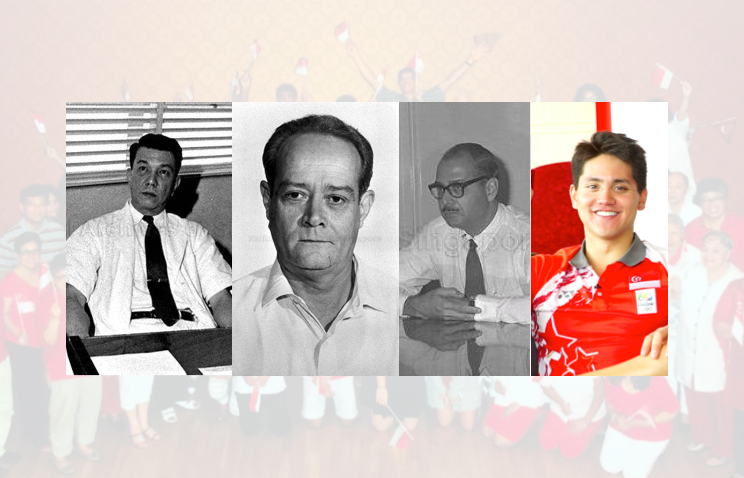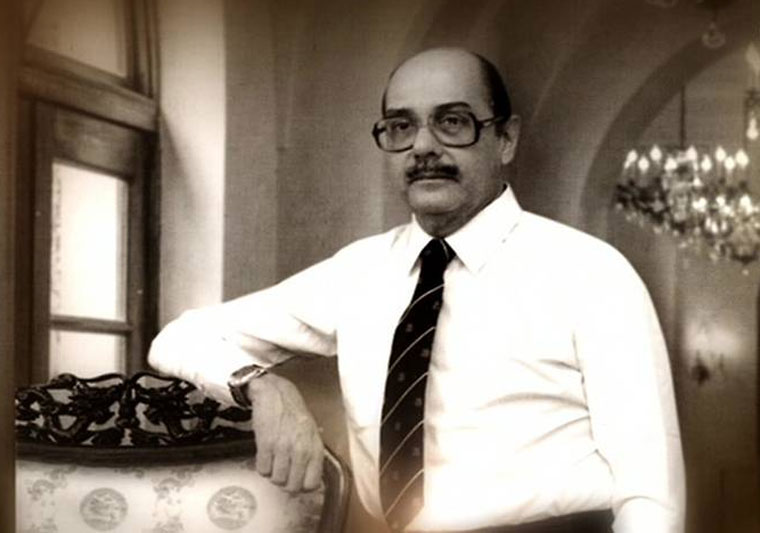In Singapore, our various ethnic communities are officially classified under the CMIO framework - Chinese, Malay, Indian, and Others - which also lists them according to their sizes, from largest (Chinese) to the smallest (Others).
The Eurasians, being one of Singapore’s smallest communities (about 0.5 per cent of Singapore's total population), are classified as "Others" under CMIO, which those from the community often laugh at themselves in jest.
Despite their small size, the Eurasians are integral to Singapore.
Broadly speaking, a Eurasian is a person who is of both Western/European and Asian descent. In the book Singapore Eurasians: Memories, Hopes and Dreams, Myrna Braga-Blake notes how the Eurasians are the embodiment of the historical interactions between the East and West:
As one outcome of the contact between the East and West in the last four centuries, Eurasians are an integral part of the history of Singapore and Malaysia. The story of their origins is the human dimension of the history of trade and colonial rule in the region.
Here are five things to know about the Eurasians in Singapore with reference to Singapore Eurasians: Memories, Hopes and Dreams:
1. Three common European ancestries can be found within the community.
The Eurasian community is made up of members who are of diverse European and Asian heritage. Nonetheless, the Portuguese, Dutch and British are among the more common European ancestries found within the community.
Trade and colonisation of the region by the same European powers in the past had seen some European men marrying local women, resulting in Eurasian descendants.
Historically, the Portuguese and Dutch also encouraged their men to marry the local women in their colonies, in order to produce loyal offspring that could eventually fill subordinate job positions at a lower cost compared to Europeans.
[caption id="" align="aligncenter" width="632"]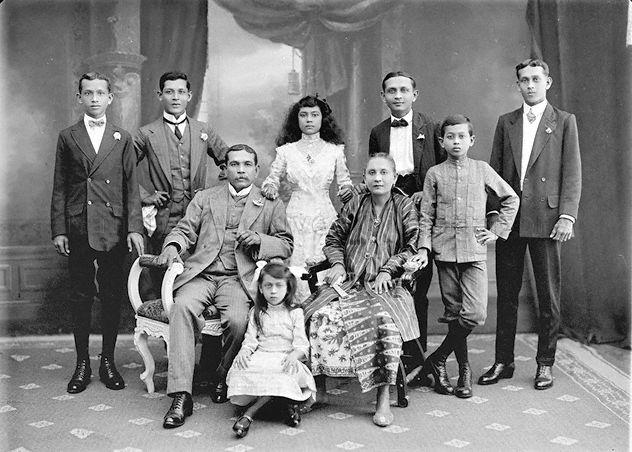 A Eurasian family. Source: NAS[/caption]
A Eurasian family. Source: NAS[/caption]
2. There were few Eurasian entrepreneurs in the past.
Access to education, proficiency in English, and their familiarity with European habits and customs gave the Eurasians an advantage in securing white-collar jobs in colonial Singapore. According to Braga-Blake, the community also produced Singapore's first Asian lawyers, doctors and engineers.
With job opportunities aplenty for the community, there were few Eurasian entrepreneurs, as Braga-Blake notes:
By and large, Eurasians held white-collar jobs — predominantly as clerks (43% of all Eurasian working men in 1931). Furthermore, Eurasians clustered in certain places of work, various government departments, European — particularly British — banks, the major oil company of the time, and various trading houses. Relatively large numbers of Eurasian men were also employed in the communication sector, in jobs related to the media; for example, newspaper reporters and, when it was introduced, broadcasting. Few Eurasians were entrepreneurs.
Despite the employment opportunities, however, the Eurasians were also discriminated against by the British, and were overlooked for promotions and key positions.
3. The fusion of East and West can be found in Eurasian food
From curries to cakes, the range of unique foods developed by the Eurasians are highly influenced by the various cultures in Singapore:
Eurasian food borrows from several sources: Malay, Indian, Chinese and European. Though some foods are associated with special types of Eurasians, the whole spectrum includes foods such as feng, smoore, devil curry, salt fish pickle, chinchalok, boh de coco, vindaloo, mulligatawny, pineapple tarts, brueder, torte cake, fruit cake and sugee cake. Victoria Cafe, once owned by Claudio A. da Silva, specialised in torte and sugee cake. It was a popular meeting place of Eurasians and is still talked about with a sense of nostalgia.
[caption id="" align="aligncenter" width="531"] Devil Curry. Source[/caption]
Devil Curry. Source[/caption]
[caption id="" align="aligncenter" width="1024"]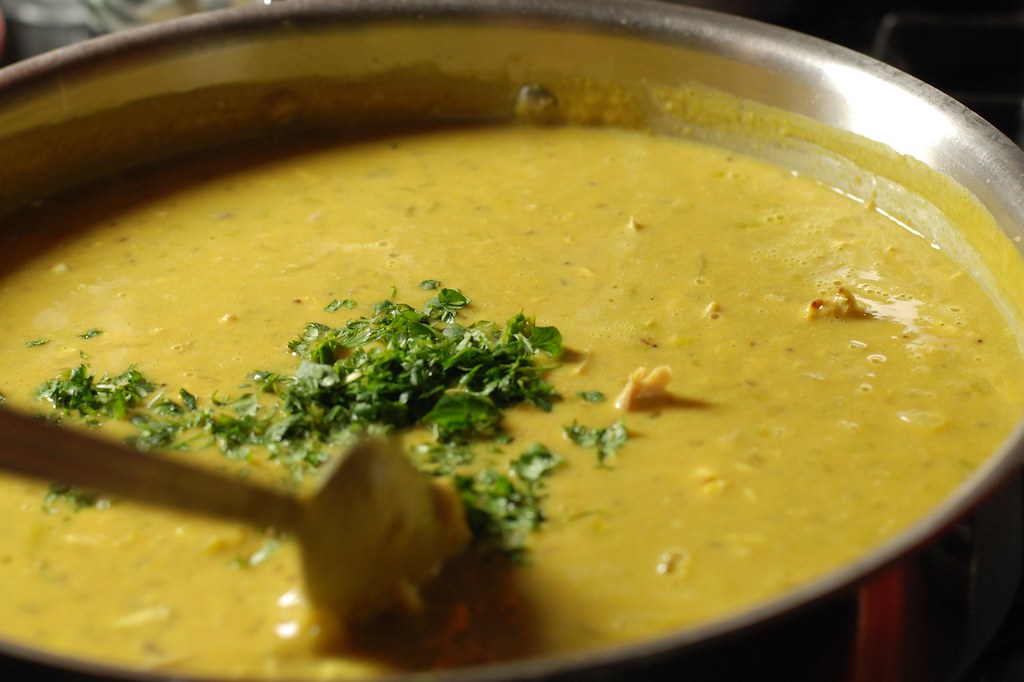 Mulligatawny. Source[/caption]
Mulligatawny. Source[/caption]
[caption id="" align="aligncenter" width="620"] Sugee cake. Source[/caption]
Sugee cake. Source[/caption]
4. Places in Singapore where many Eurasians once gathered and lived.
There were several Eurasian enclaves in Singapore in the past:
One of the earliest known Eurasian enclaves was the area bounded by Waterloo Street and Queen Street, where Eurasians lived cheek by jowl with the Jews. The adjacent Selegie Road area may have been the next enclave to be established. As more roads were built and more of Singapore was developed for residential living, the Eurasians fanned out, living in municipal quarters in Kampong Java and Newton, government quarters in Bukit Timah, the countryside areas of Serangoon and the fruit tree region of Upper Serangoon. On the east of Serangoon and the fruit tree region of Upper Serangoon. On the east coast, the Katong area had long been a seaside resort. Eurasians often spent their holidays in bungalows by the sea. This too eventually became a desirable, permanent residential area.
[caption id="" align="aligncenter" width="727"]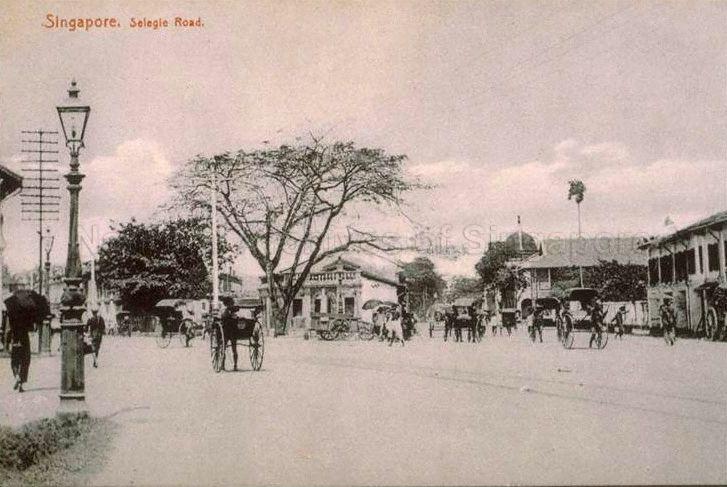 Selegie Road in 1912. Source: NAS[/caption]
Selegie Road in 1912. Source: NAS[/caption]
5. Prominent Eurasians in Singapore's history
Despite the small size of the Eurasian community, many prominent and important people have emerged in Singapore's history, including:
Benjamin Sheares - Singapore's second President and distinguished medical doctor.
[caption id="" align="aligncenter" width="579"] Source: NAS[/caption]
Source: NAS[/caption]
Edmund William Barker - Pioneer generation leader and Singapore’s longest-serving Law Minister.
[caption id="" align="aligncenter" width="385"]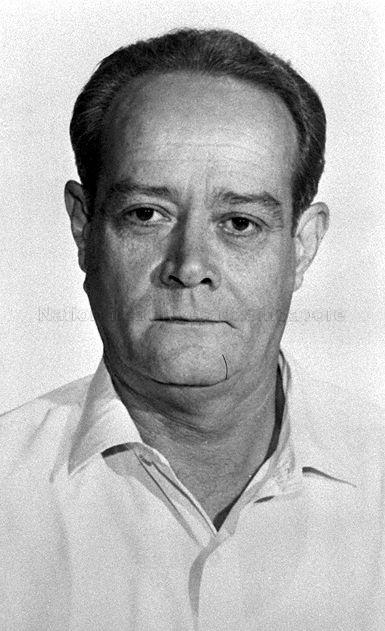 Source: NAS[/caption]
Source: NAS[/caption]
George Edwin Bogaars - Pioneer civil servant who built up Singapore's security and defence.
More recently, there's also this particular Eurasian who did us proud by winning our first ever Olympic gold medal in swimming - Joseph Schooling.
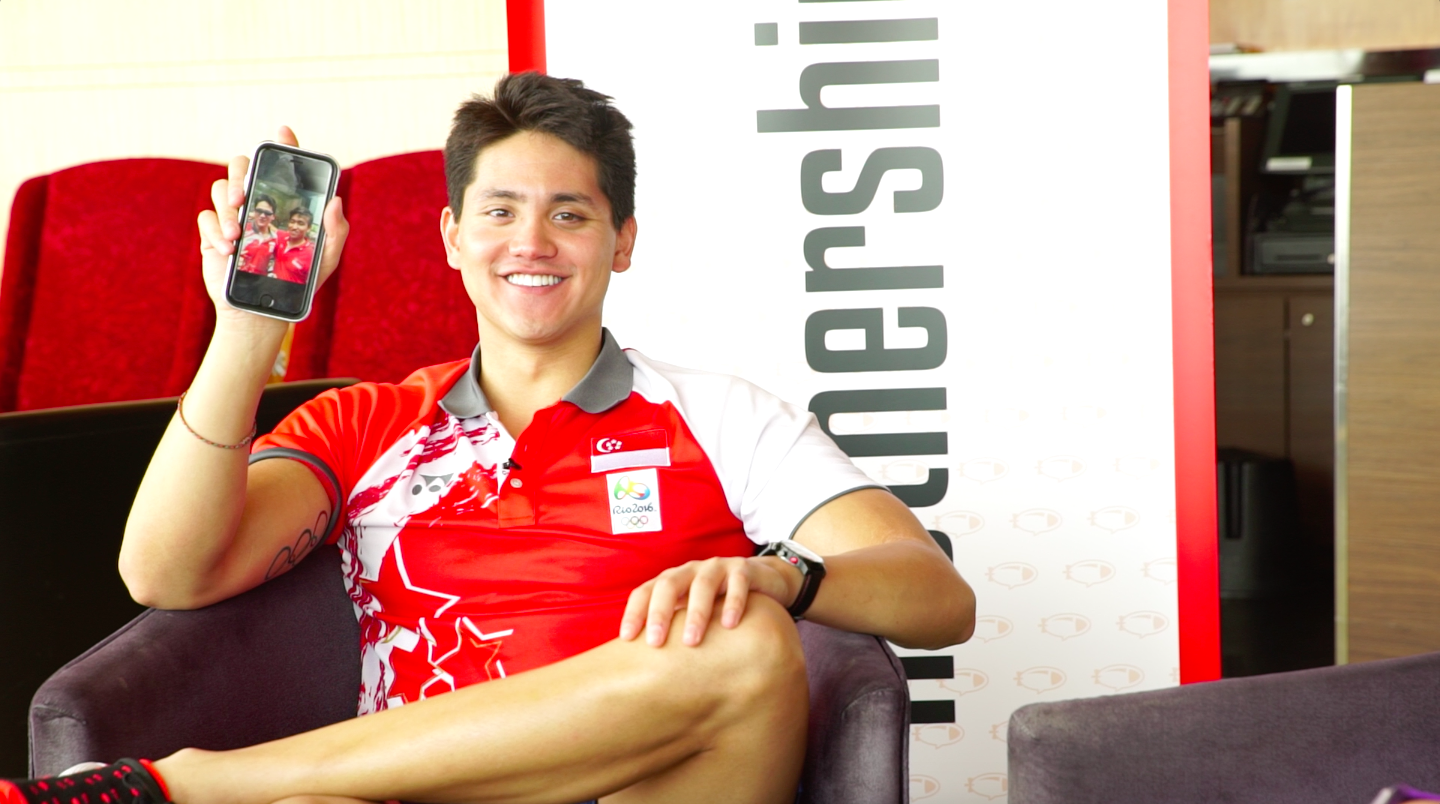
To learn more about the Eurasian Community and their contributions to Singapore, read Singapore Eurasians: Memories, Hopes and Dreams (ISBN: 9789813109599 ). The book is now available at bookstores at $26.
Top image from NAS and here.
More articles on Eurasians in Singapore:
Rather Famous: Joseph Schooling goes one-on-one with Mothership.sg
George Bogaars, a war generation pioneer civil servant who built up S’pore’s security & defences
S’pore Parliament used to use words like ‘pimp’ & ‘traitor’, according to new EW Barker biography
If you like what you read, follow us on Facebook and Twitter to get the latest updates.
If you like what you read, follow us on Facebook, Instagram, Twitter and Telegram to get the latest updates.
